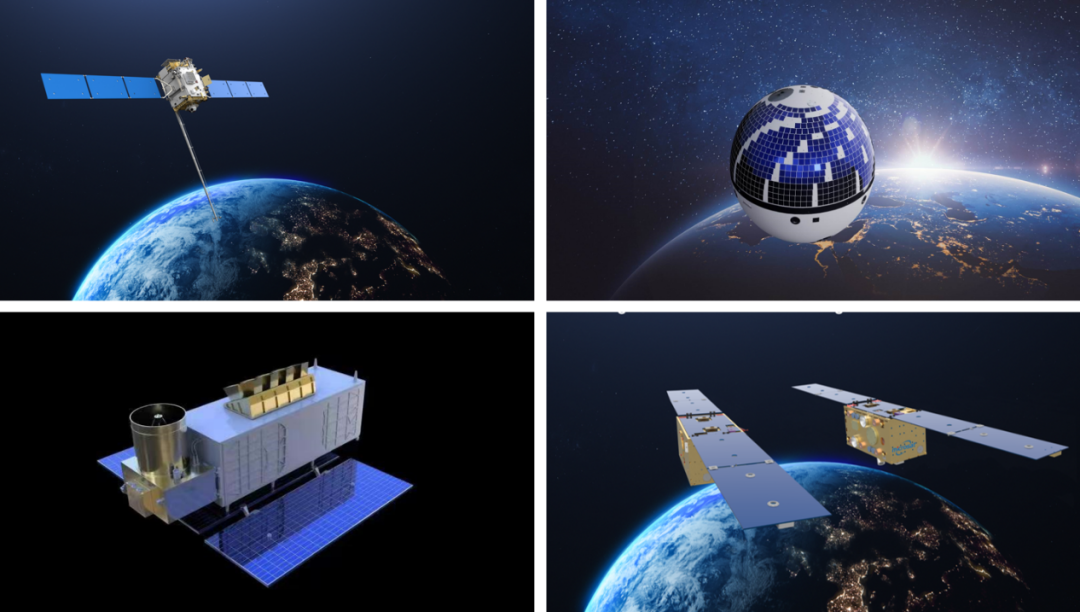
As a precision optoelectronic measurement device, star sensors cover various technical fields such as optics, mechanics, electronic circuits, and related algorithm software. Figure 2.2 shows a typical structure diagram of star sensors, which consists of optical systems (light shields, lenses), image sensors, signal processing circuits, external interfaces, and mechanical structures.
(1) Optical system (hood, lens)
The optical system of a star sensor mainly consists of a light shield and a lens. Due to the detection target being a star, the signal strength is weak, and in practical applications, it is susceptible to interference from stray light such as direct sunlight, lunar albedo, or Earth albedo. In severe cases, detecting star targets may be annihilated, leading to a decrease in the performance of the star sensor and even inability to function properly. Therefore, star sensors are generally equipped with light shields to suppress or eliminate external stray light entering the image sensor, expanding the working range of star sensors in the entire celestial sphere. The lens part realizes the imaging of specific detection stars at infinity onto the image sensor of the star sensor, and its imaging quality has a significant impact on the subsequent star point positioning, star map recognition, and attitude calculation steps of the star sensor.
(2) Image sensor
As the core component of star sensors, image sensors function to convert optical signals into electrical signals and output digital star map signals. Currently, image sensors used in engineering practice are divided into two categories: CCD and APS-CMOS.
(3) Signal processing circuit
The signal processing circuit of the backend includes key functions such as driving the sensor, timing control, and completing star point positioning, star map recognition, and attitude calculation, and ultimately outputting the three-axis attitude information corresponding to the star sensor.
(4) External interfaces and mechanical structures
External interfaces generally include three types: power interface, control interface, and data interface. The power interface provides electrical energy for the operation of the star sensor system, and the control interface and data interface are used to achieve command and data interaction between the star sensor and external systems.
Send us a message,we will answer your email shortly!